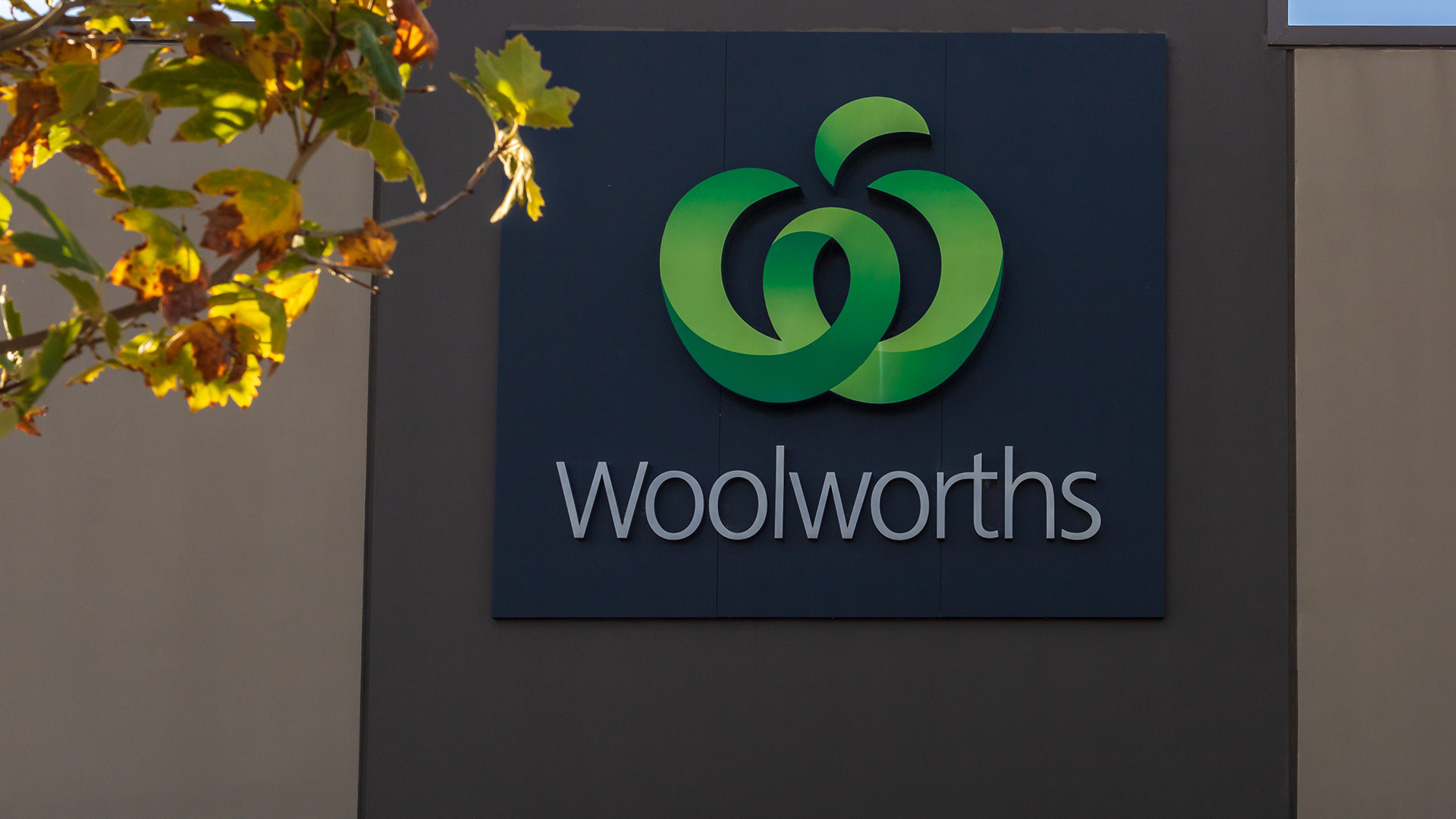To read some of the reports of the January economic data from China, you’d be excused for thinking that a crisis is on the way as imports and exports growth slowed sharply in January and inflation rose.
But once you got past the headlines and the lead paragraphs, you would have found that was because the Lunar New Year fell in January this year, and not February, as it did last year.
(That’s why the February data for this year will be skewed, so the first time we can get a realistic comparison month will be March, but then April might be even better.)

The production data for January is due today and will show the same impact from the holiday.
The knee-jerk reaction to January’s data seems to be conditioned by the long held belief that there’s a crisis lurking in the Chinese economy, and it’s only a matter of time before it hits.
The first paragraph from a leading newsagency report on Friday night was typical of this thinking.
"Chinese imports fell sharply in January, a sign of sluggish domestic demand that will fuel concerns about whether the fragile global economy can count on China as a bastion of growth.
"Adding to the grim picture, China’s exports also dipped last month as its companies felt a chill wind from Europe’s debt troubles.”
Well yes that did happen, but it took a while to find the qualifying comments that there were fewer working and trading days in January than a year ago because of the Lunar New Year.
Exports fell 0.5% from January 2011 to $US149.94 billion while imports fell ("plunged" said the newsagency) 15.3% to $US122.66 billion.
(What reports didn’t also point out is that in January 2011 exporters were pushing shipments overseas because of the Lunar New Year in February, when there was a fall in exports.)
Ignoring these factors, the newsagency said January was "the worst trade data since 2009 during the global financial crisis".
And as a result of the slide in imports, China’s trade surplus widened to $US27.28 billion in January from $US16.52 billion in December.
Seasonally adjusted figures were a bit better: exports and imports rose 10.3% and 1.5% year on year, respectively, according to Chinese Customs.
But that was still slower than December when exports rose 13.4% and imports were up 11.8%.
The Lunar New Year (or Spring festival) saw many Chinese factories and businesses cut back production or close so employees could travel home to celebrate the most important festival in the Chinese calendar with their families.
But again, analysts with a bit of experience pointed out that exports were pushed offshore in increased amounts in December to make up for the expected shortfall in holiday-hit January.
And imports were also boosted in November and December ahead to allow companies to stockpile resources such as oil, copper and especially iron ore.
Official figures on Friday showed that bilateral trade between China and the European Union fell more than 7% in January.
Exports to the European Union, China’s top export market, fell 3.2% in January from a year earlier, the first decline since February last year.
Exports to the US rose 5.5% in January from a year earlier, slowing from December’s 11.9% rise.
A good explanation for the slowdown in imports and exports came from analysts at Bank of America/Merrill Lynch who wrote in a client note that adjusting for actual days worked showed the January figures in a different light.
Under such an adjustment, exports may have grown 28.7% from a year earlier and imports may have risen 10 %, given that there were just 17 working days in January compared to 22 working days a year ago.
The Lunar New Year knocked car sales sharply lower as well in January.
Car sales fell 24% from January 2011: there will be a big jump this month from February of last year when the data is released in three weeks time.
The China Association of Automobile Manufacturers said 1.16 million passenger cars were sold in China in January, down from a monthly record 1.5 million a year earlier.
It said total vehicle sales, including trucks and buses, dropped 26% from a year earlier to 1.39 million.
Total vehicle sales in January 2011 were 1.89 million.
And while China’s inflation rate jumped to 4.5% from 4.1% in December, the cost of food ahead of the Lunar New Year rose (as it does every year).
Importantly, non-food inflation fell further to 1.8%, and producer price inflation fell to 0.7% from December’s annual rate of 1.7%.
That’s a long way from the peak of close to 7% last July-August.
If you look at commodity imports in volume terms (which strips out the volatility caused by changes in price), it tells how much stuff Chinese business is consuming.
On that basis Chinese oil imports rose in January from a year ago, and from December.
Crude oil imports were 23.4 million tonnes in January, or 5.5 million barrels a day, compared to an average of 5.1 million barrels a day in January of last year.
Copper imports fell from December, but were up on January 2011.
China imported 413,964 tonnes of copper in January, down 18.7% from December’s record, but a 13.6% increase on year earlier.
Iron ore imports fell 7.2% in January to 59.3 million tonnes from December and were down 13.9% from January 2011.
In fact January’s iron ore imports were above the monthly average for 2011, despite the fall from December’s level.
China’s soybean imports in January totalled 4.61 million tonnes, down 15% from December, but in line with the Ministry of Commerce’s early-January forecast of













